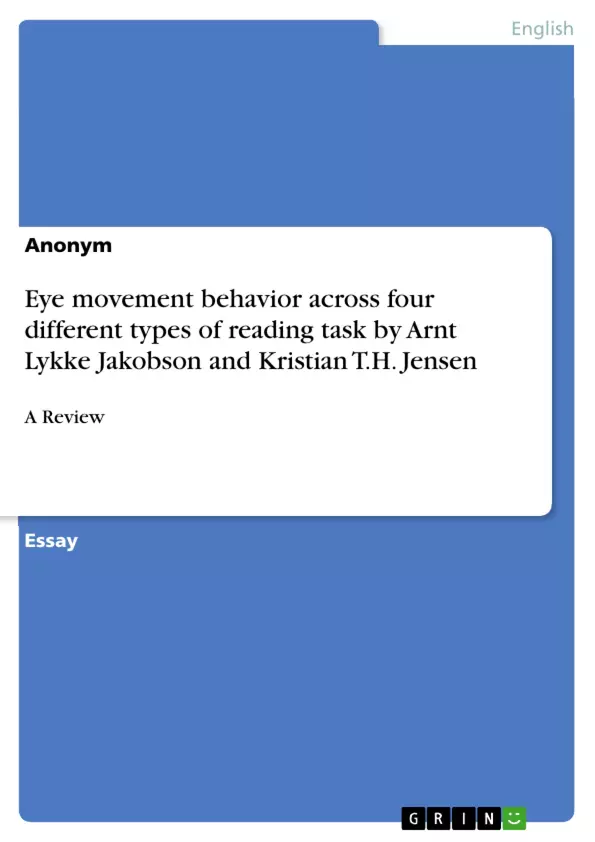A necessity of multimodal translation has arisen in the last century with the upcoming occurrence of international series, films, advertisements that have to be translated from one target language to the source language.
Multimodality describes thereby the phenomenon of the interactive combination of audiovisual with verbal elements. That means that the translation has to include the non-verbal dimension to the verbal one because all these dimensions constitute (combined) the overall meaning that is conveyed through various inter-semiotic correlating channels.
The following paper deals therefore with the difficulties of multimodal translation in advertisements and conducts a comparative analysis based on the Brazilian and American-English advertisement for the product „Garnier Nutrisse Creme“ (a coloration for the hair)" to demonstrate that there occur a lot of differences in the translation because of cultural adaptation, the functions that these advertisements are fulfilling, and the aimed effect on the receptors.
Furthermore, the method of eye-tracking will be included to capture the movements to retrace the cognitive comprehension and translation process of the ad watcher and to support the hypotheses that were worked out in the analysis. The analysis include cultural, semantic, and pragmatic differences that are linked to focus shifts in the text. These shiftings appear in the written and the oral text. The method of eyetracking is used to emphasize the hypothesis that are made up in the previous analysis of the written and the oral text.
Inhaltsverzeichnis (Table of Contents)
- Introduction
- Multimodality in advertisements
Zielsetzung und Themenschwerpunkte (Objectives and Key Themes)
This paper examines the challenges of multimodal translation in advertisements, particularly in the context of cultural adaptation. It analyzes a comparative case study of Brazilian and American-English advertisements for "Garnier Nutrisse Creme" hair dye to highlight the differences in translation due to cultural variations, intended effects, and receptor functions. The study further incorporates eye-tracking to analyze the cognitive processes of viewers during comprehension and translation, supplementing the written and oral text analysis.
- Challenges of multimodal translation in advertisements
- Cultural adaptation in translation
- Role of cultural context and receptor functions in translation
- Impact of multimodal channels on visual attention and comprehension
- Application of eye-tracking to analyze cognitive processes in translation
Zusammenfassung der Kapitel (Chapter Summaries)
Introduction
This chapter introduces the concept of multimodal translation and its growing importance in international communication, particularly in sectors like entertainment and advertising. It discusses the challenges of translating inter-semiotic constructs compared to traditional written texts, highlighting the need for inter-semiotic and intercultural considerations in the translation process.Multimodality in advertisements
This chapter explores the unique characteristics of multimodal advertisements and their translation challenges. It emphasizes the interplay of verbal and non-verbal elements, including images, music, and visual signs, and how these elements contribute to the overall meaning and message. The chapter further discusses the importance of cultural context and receptor functions in interpreting and translating multimodal advertisements.
Schlüsselwörter (Keywords)
The primary focus of this paper lies on multimodal translation, cultural adaptation, advertisements, eye-tracking, cognitive comprehension, and the analysis of inter-semiotic aspects in audiovisual translation.
- Arbeit zitieren
- Anonym (Autor:in), 2018, Eye movement behavior across four different types of reading task by Arnt Lykke Jakobson and Kristian T.H. Jensen, München, GRIN Verlag, https://www.hausarbeiten.de/document/1365103


